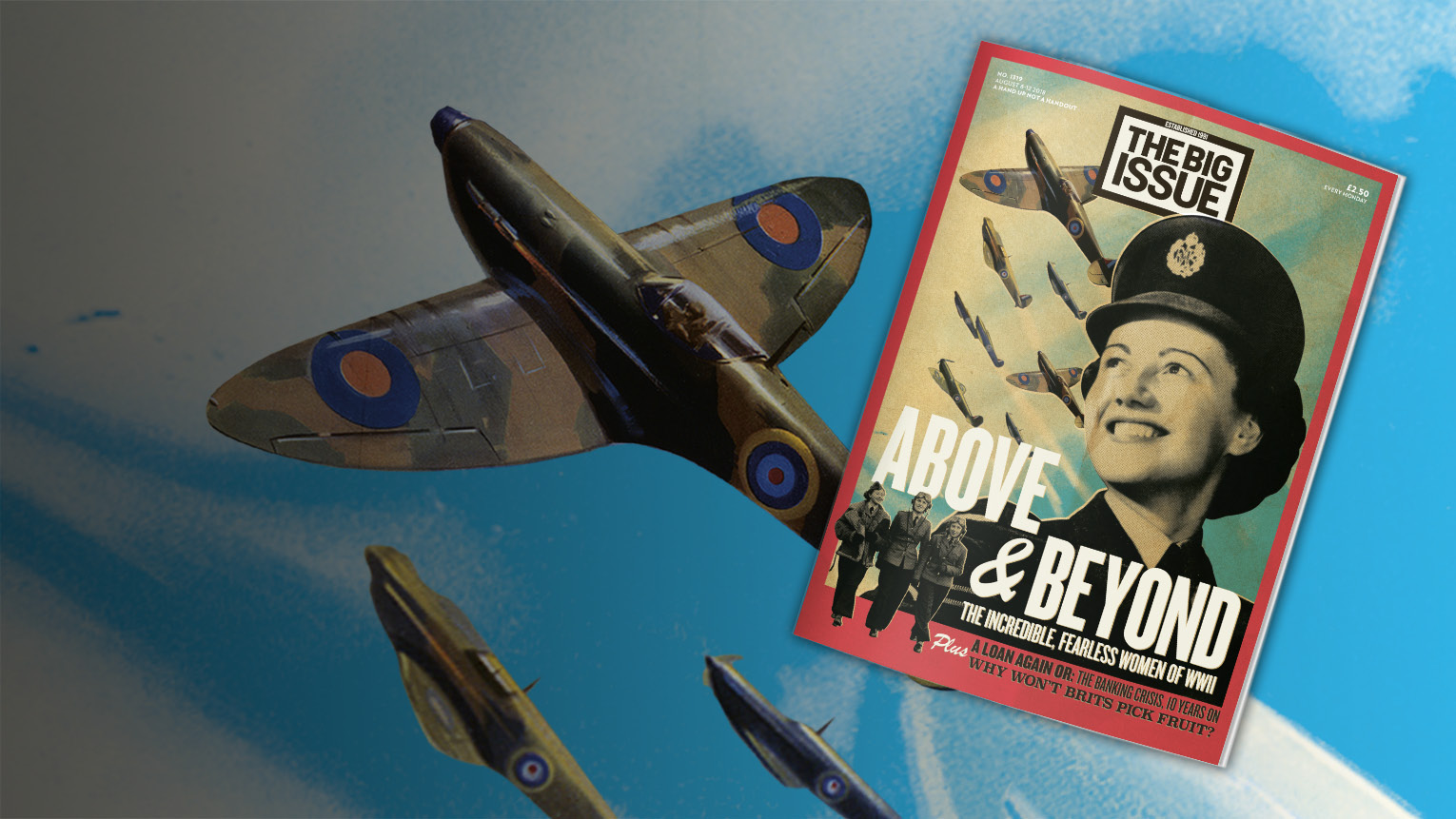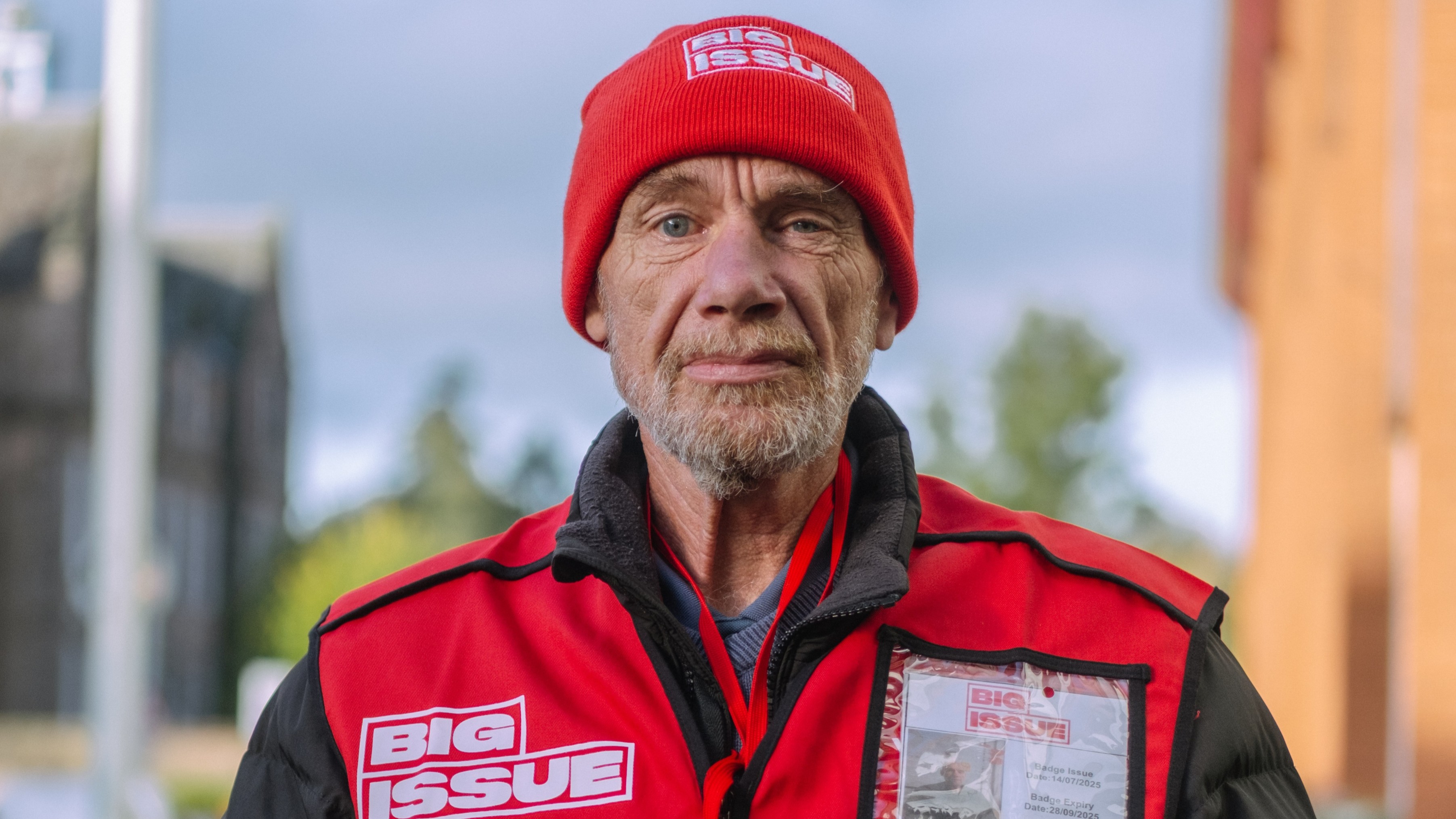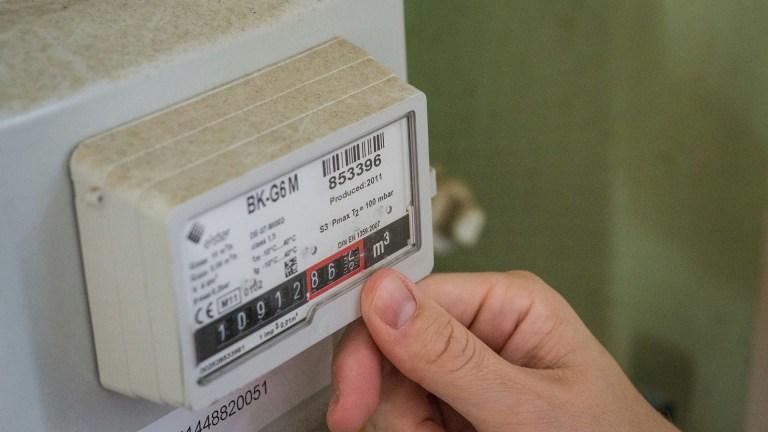Since the days of early powered flight women have been pilots – daredevil stunt pilots, taxi pilots and, during the heyday of leisure aviation in the 1920s and 30s, they flew solo to far-flung parts of the world, breaking records and inspiring others to take to the skies.
Amy Johnson, a fish merchant’s daughter from Hull, was the first woman to fly alone in an open cockpit plane to Australia. On her return she became a celebrity and was treated like a film star. But, in spite of this evidence to the contrary, aviation was considered to be a man’s world. It was thought women weren’t really capable of flying and they should instead be staying at home doing the housework and cooking their husbands’ dinners.
When war broke out in Europe in 1939 most of the fit and young male pilots joined the RAF. Those who were considered either too old, or not quite up to scratch physically, joined the ATA – Air Transport Auxiliary – and ferried planes for the RAF from factories and maintenance units to squadrons. Women pilots, many of who had considerable experience, were not allowed to join either the RAF or the ATA.
Pauline Gower, one of the most experienced female pilots in the country, had set up the first all-women commercial aircraft business giving joyrides to the public in Kent. She set about persuading the powers that be that the most experienced women pilots, even if they couldn’t join the RAF, should at least be allowed to join the ATA.
In January 1940 eight women pilots joined the ATA with Pauline as their leader. Their job was to deliver open cockpit Tiger Moths, RAF training planes, from Hertfordshire around the country. It was tough, gruelling work delivering these open cockpit aircraft as far away as Scotland and Wales in the freezing winter but they delivered over 1,000 planes without a single accident.





